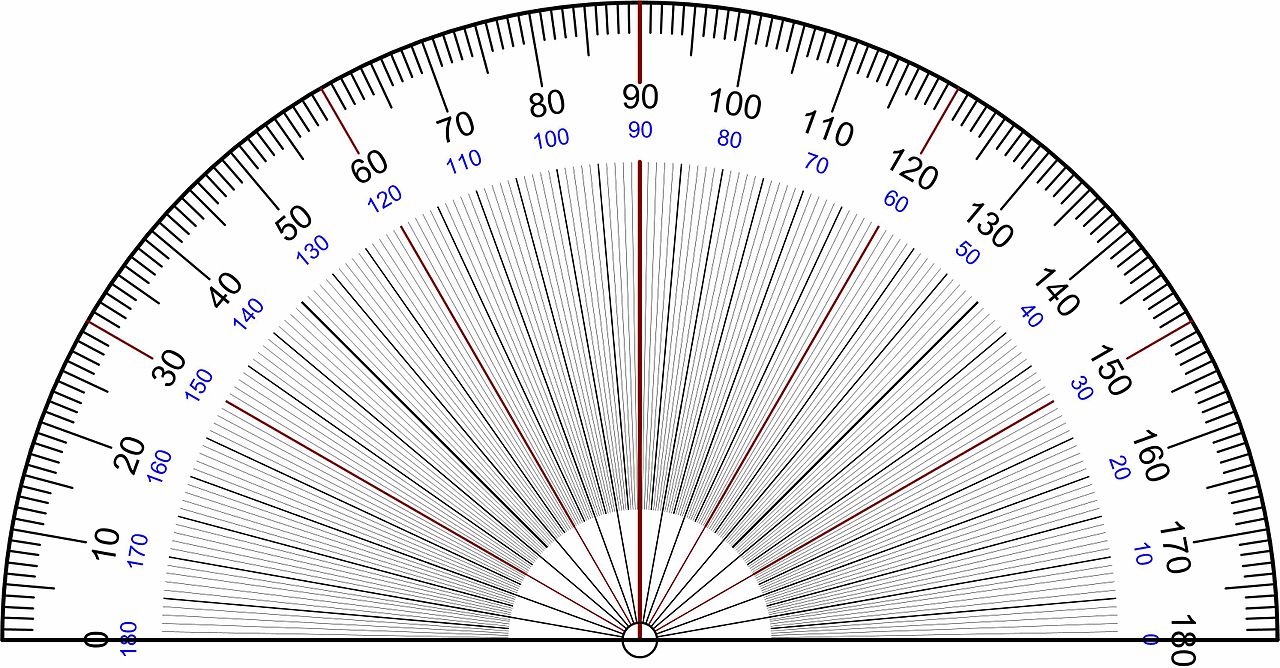Establishing a New Axis of Action in Film
The axis of action represents the invisible line that is more commonly known as the 180° line. It’s an imaginary line that defines spatial relations of a scene and the elements of the scene. Separating them from left to right in correlation with the axis of action. According to the 180 degree rule, or the axis of action rule. The camera should not cross the axis at a cut. Because this would reverse the spatial relations of the scene. And for continuity purposes it just won’t make sense. However, sometimes establishing a new axis of action in film is important.

What is the Axis of Action in Film?
The axis of action in film represents the imaginary 180° line that the camera should remain on one side of while the film subjects are to remain on the other.
It’s invisible, and is seen only through the artistic eyes of the cinematographer. But it’s there for the purpose of continuity editing to present loss of spatial relations to the scene.
Crossing Over
You might have heard the term, crossing the line or breaking the line? This involves the crossing over of the axis of action in film, and it only occurs on occasion when the Director is seeking to create an emotional disconnect within the audience.
Filmmakers that understand how to use this technique appropriately can heighten emotions with a simple change of camera location, but again, it’s a technique that should be used sparingly.
Establishing a New Axis of Action

Sometimes, you’ve got to establish a new axis of action in film. Bending the 180° rule involves establishing a new axis of action in film so that you can establish a new shot. There are several ways that you can bend the rules and change or adjust the axis of action.
Some options include:
- Neutral shot – this is the process of taking a shot from directly above the line so that there is no side of the line.
- Camera movement – you can move the camera so that it goes across the line in an uninterrupted shot within the scene thus establishing a new axis of action.
- Cutaways – the use of a cutaway to establish a new axis of action is a common method that is useful for a variety of reasons.
A Tough Decision
Sometimes establishing a new axis of action is a tough decision that requires a lot of thought process. As you continue to establish methods of crossing the line, breaking the line, or establishing a new axis of action, you’ll find that your filmmaking advances in a variety of ways — you’re a pro!


